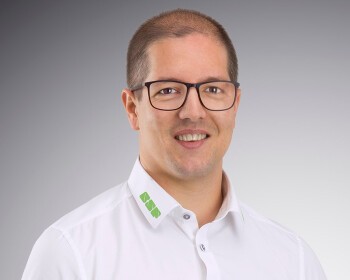Additive Manufacturing in use at 400m depth
With increasing depth, large forces act on the tubes of a geothermal probe. In order to be able to cope with these forces at the lowest point over decades, Jansen relies on additive reinforcing sleeves and saves 70% of the original production costs.
Industry partner
The long-established company Jansen AG based in Oberriet, East Switzerland, develops, manufactures and sells precision steel tubes and steel systems as well as plastic products for the industry. Jansen supplies its customers worldwide with hightech products and system solutions with real added value.
Function
As for example, with the world's strongest geothermal probe, the JANSEN hipress.
Because the earth's temperature increases with increasing depth, deep geothermal probes can efficiently cover the energy requirements of large construction projects, even when space is limited. However, at a depth of approx. 350m, high pressures of up to 35bar prevail, which Jansen AG counteracts with innovative metal-plastic composite pipes.
At the bottom end, the so-called probe foot, the pipes are changing directions. To ensure that the geothermal probe can withstand the loads even after 50 years, the deflection is additionally reinforced with a metallic shell and embedded in concrete.
This stainless steel reinforcement shell is produced reliably and at attractive prices by selective laser melting at BSF Bünter AG.
Benefit with Additive Manufacturing
The reinforcement shell requires a defined profile, which must be matched to the existing shape of the probe foot. Since this profile still requires too few pieces per year, mass production by the meter is not profitable. The wall thicknesses are too thin for production on the milling machine. For these reasons, the chosen manufacturing process so far was wire erosion.
Today with additive manufacturing, BSF Bünter AG produces the reinforcement shells for less than one third of the original costs (-70%). In addition, with an optimization of the geometry, which would not be possible with other methods, the assembly could be significantly simplified. Added bonus for the environment: As the part is made from powder, it does not produce any chips or other waste that needs to be recycled.
Together with the no longer necessary storage, a strong package is created that fulfills the requirements both functionally and economically and can be produced on-demand.





